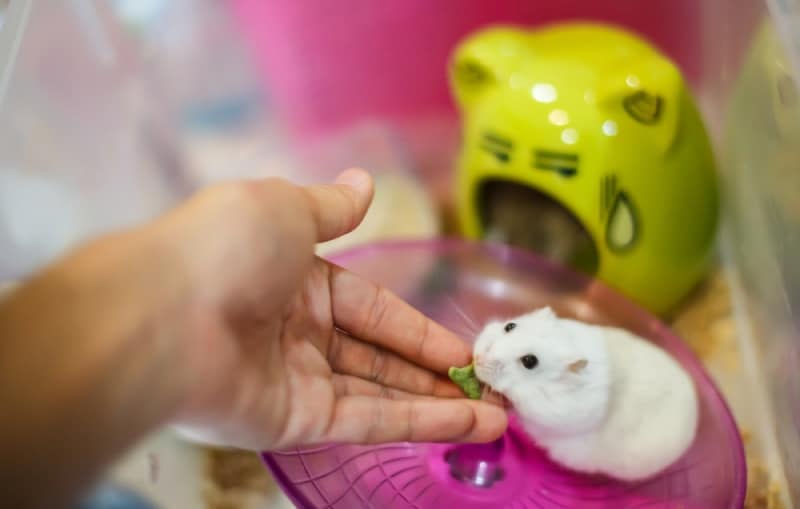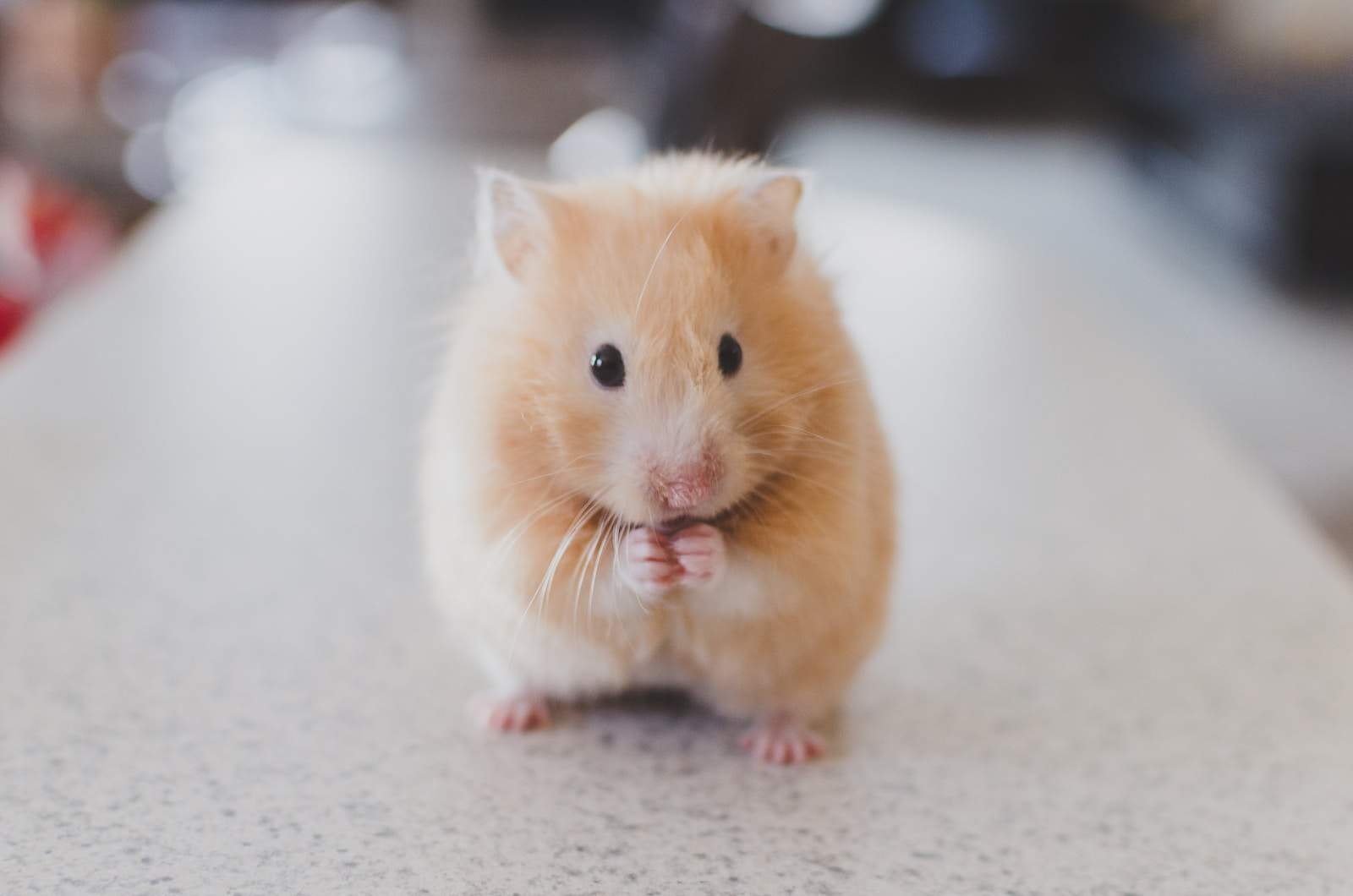Hamsters are among the most popular rodents kept as pets. Their small size makes them ideal for small spaces, and they are reasonably easy to care for. Each one has a unique personality, and they are lots of fun to watch and interact with. These attributes make them good candidates for classroom pets.
The breeding of hamsters is a fairly recent achievement. They weren’t successfully bred and domesticated until 1930. But today there are numerous hamster breeds available, including dwarf hamsters, striped hamsters, long-haired Angora hamsters and golden hamsters. Depending on the breed, adult hamsters may measure anywhere from 2 to 13 inches in length. Most, however, grow to approximately 5 to 7 inches long. The life span is generally 2 to 5 years.
Hamsters are omnivores, and they will eat everything from insects to nuts to fruits and vegetables. Captive hamsters do well on a diet of commercial hamster food, but they may also be given treats. They hoard food, and can often be seen carrying food in the large pouches located in their cheeks. They also do a lot of gnawing to wear down their front teeth, which never stop growing.

Hamsters are nocturnal animals. That means they will spend most of the school day sleeping. However, most do not mind being awoken for play and lessons. This is also good because they rarely cause a disruption during class. However, it is important to make sure that the hamster receives attention during its regular waking hours, and that may mean taking it home with you at night or allowing students to keep it over the weekend.
A class hamster may be kept in a wire or plastic cage or a 10-gallon or larger tank. Solid habitats provide the advantage of keeping substrate inside, making for much less mess. The bottom of the cage should be covered with pine or cedar chips. The hamster will also need a wheel, a water bottle, and a sturdy food dish and some toys to chew on. The cage should be cleaned and disinfected once a week.
Hamsters provide endless learning opportunities for students. Kids especially enjoy rubbing food along paths to create scent trails and watch hamsters follow them. You can find lots of hamster lesson plans online, and it’s also easy to create your own.

The biggest issue with hamsters as class pets is biting. Some hamsters bite frequently, others occasionally, and others rarely. It may be a good idea to keep a hamster at home to see how tolerant it is to handling before bringing it to the classroom, but be prepared to keep it as your own pet if you find that you’re not willing to expose it to your students. It’s also wise to keep only one hamster and purchase it while still young due to the risk of having a litter of baby hamsters to contend with.
Hamsters are educational pets that generally do well with children. Hamster allergies are rare, and they’re lots of fun for kids to play with. If you’re looking for a classroom pet that’s easy to care for and doesn’t take up a lot of space, a hamster is a fine choice.
If you would like to learn more about hamster care in general, check out the Hamster page!
Featured Image Credit: Frenjamin Benklin, Unsplash
